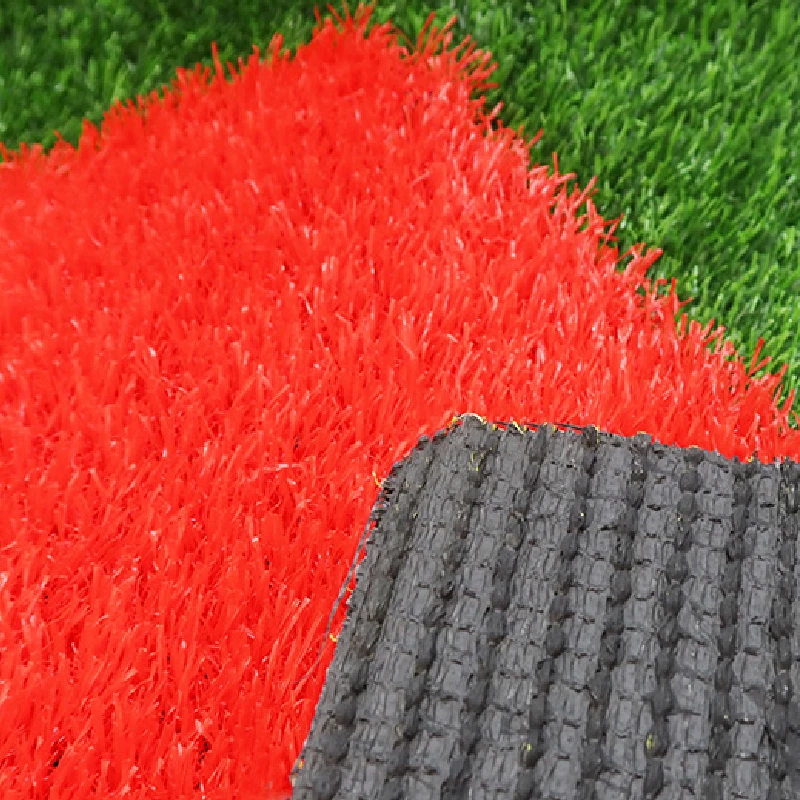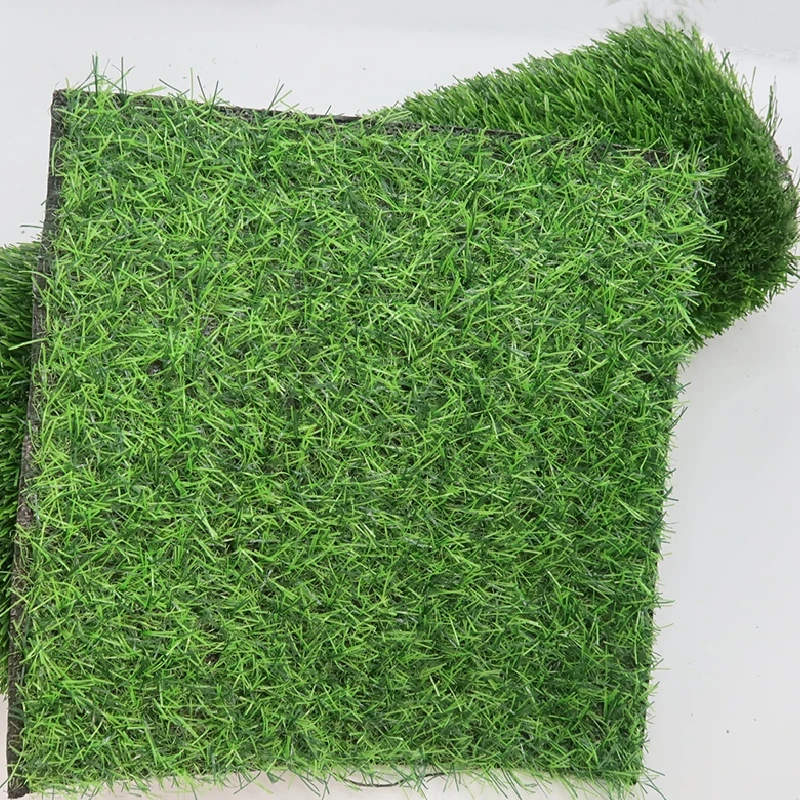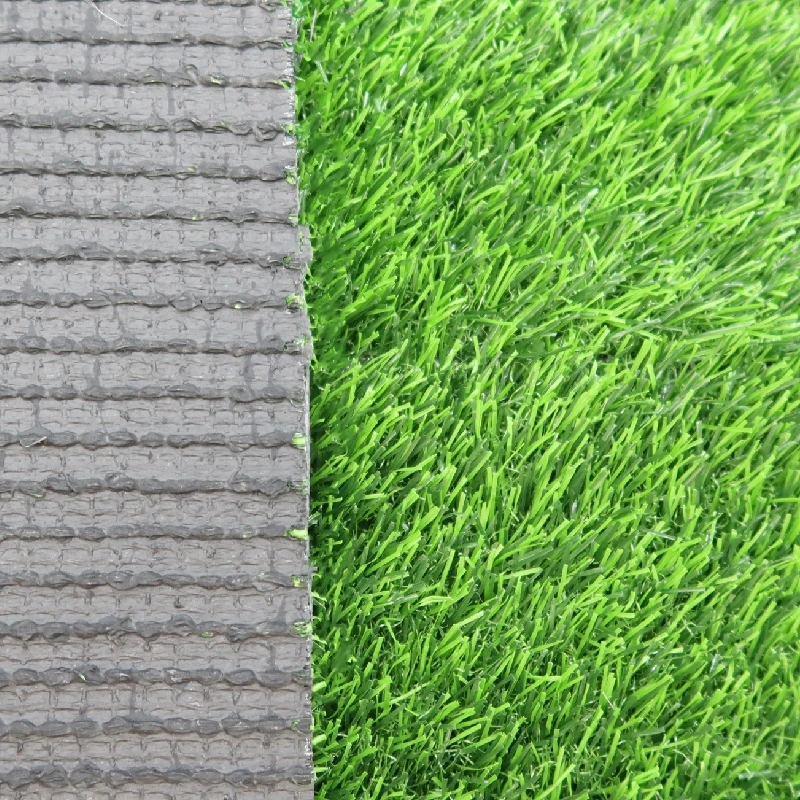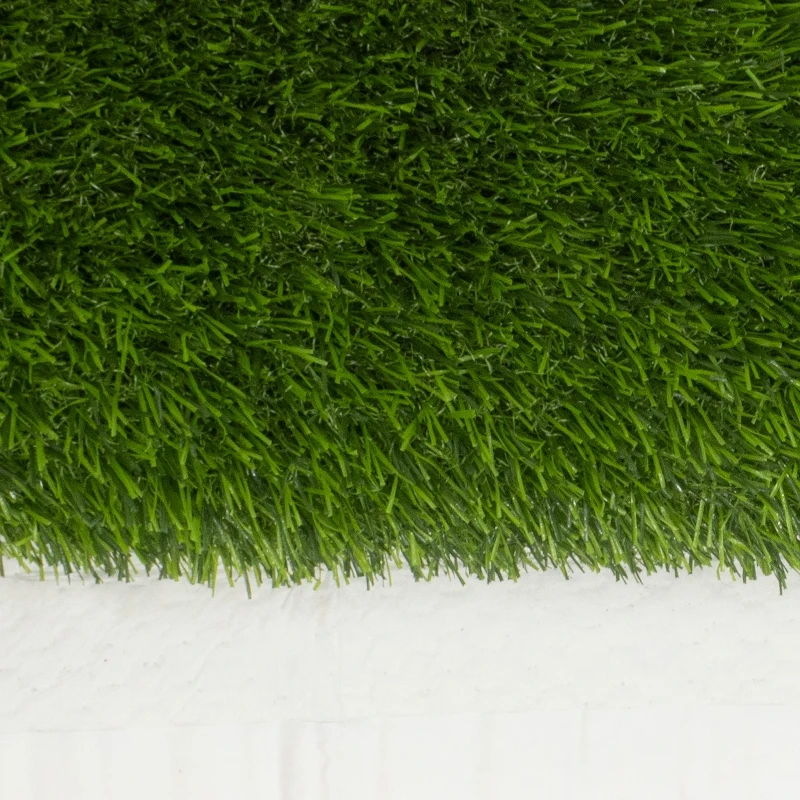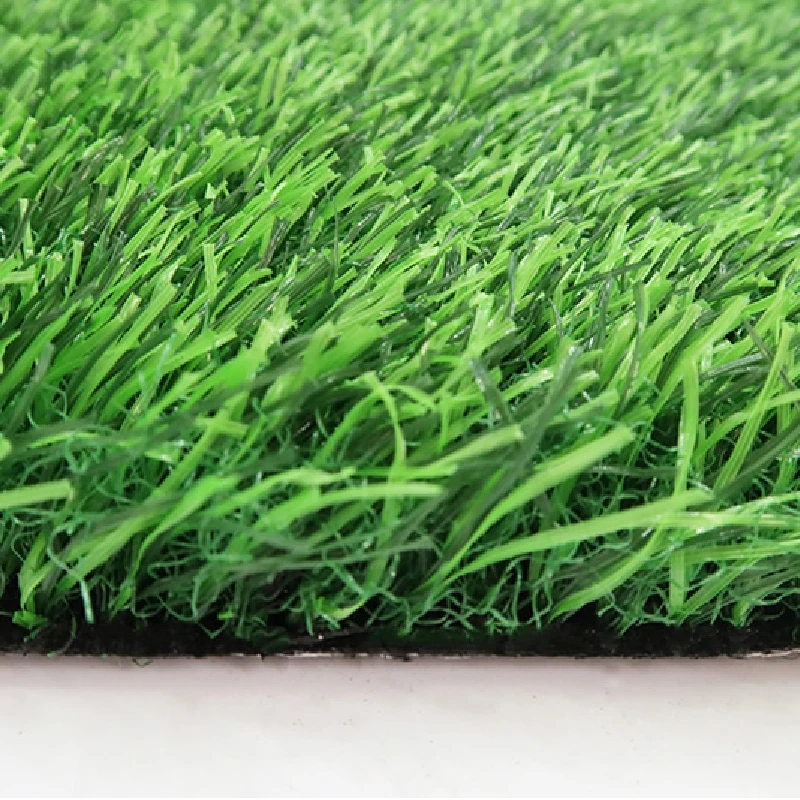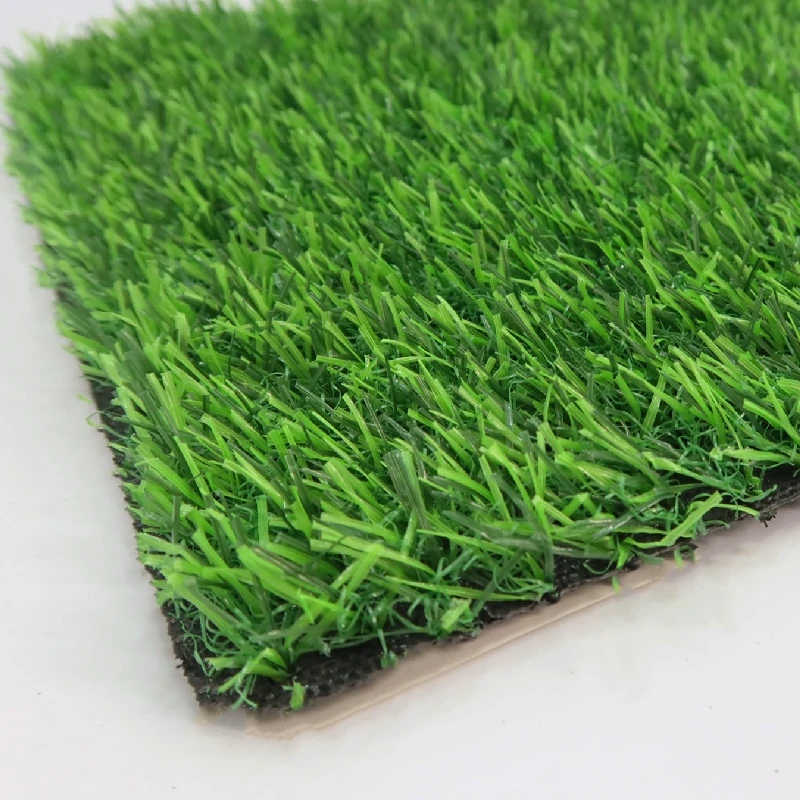Comprehensive Guide to Turf Grass: Benefits, Uses & Innovations
Nov . 24, 2025 20:30 Back to list
What Is Turf Grass and Why Should We Care?
Ever noticed those smooth, green carpets of grass in parks, sports fields, or even your neighbor’s yard? That’s turf grass — but it’s a bit more than just pretty greenery. Turf grass is essentially specially cultivated grass designed for durability, aesthetic appeal, and environmental benefits. Globally, it plays a surprising role in urban planning, sports, erosion control, and even humanitarian projects.
Understanding turf grass isn’t just for gardeners — it’s a growing concern for sustainability advocates, city planners, and industries around the world. Its ability to reduce carbon footprints, support biodiversity, and enhance human well-being is compelling the globe to rethink these humble blades of grass as eco-warriors in disguise.
Mini takeaway: Turf grass combines beauty with practicality, and its global impact is far from grass-root.
The Global Turf Grass Scene—A Growing Green Solution
Turf grass covers roughly 20–35 million hectares worldwide, a surprisingly massive footprint, according to FAO data. Cities, for instance, rely on turf grass for urban cooling—those green lawns can lower temperatures by up to 5°C compared to concrete-heavy areas (ISO 14001 environmental parameters make us look closer here). The World Bank notes that urban green spaces, powered by resilient turf grass, contribute directly to improved air quality and stormwater management.
But here's the kicker: maintaining turf grass globally isn't easy. Water scarcity, climate change, and rising maintenance costs are challenging traditional turf. This sparks questions: How do we keep turf grass sustainable and practical at scale? What innovations make turf grass a part of future-ready urban living?
Mini takeaway: Turf grass is a global player in sustainability, but it faces modern challenges that need smart solutions.
Defining Turf Grass: More Than Just Green Lawn
Put simply, turf grass refers to grasses purposely grown to form dense, uniform surfaces suitable for lawns, sports fields, and erosion-prone landscapes. Unlike wild grasses, turf grasses have been selectively bred for traits like wear tolerance, rapid recovery, and aesthetic uniformity.
Think of turf grass as nature’s engineered green carpet. It ties into industries from landscaping to sports management, and also humanitarian relief—temporary green zones to stabilize soil after disasters.
Mini takeaway: Turf grass is an intentionally cultivated grass type designed to balance function and form across many industries.
Core Factors Making Turf Grass Essential
Durability
The heart of turf grass’s value lies in how tough it is. Durability means the turf withstands foot traffic, weather changes, and pests. This matters in stadiums hosting thousands and public parks with daily visitors alike.
Scalability
Turf grass must be scalable — from a tiny backyard patch to massive golf courses or airport grounds. The seed or sod needs to adapt regionally, considering soil types and climate variety.
Cost Efficiency
On paper, turf grass might seem costly because of watering and mowing, but when chosen and maintained well, it reduces urban heat, lowers water runoff damage, and extends surface lifespan — saving much in the long-run.
Environmental Benefits
Besides carbon sequestration, turf grass filters pollutants, supports soil health, and reduces erosion. International standards increasingly highlight its role in sustainable city initiatives.
Aesthetic & Social Impact
Green spaces boost mental well-being, community engagement, and property values. Turf grass offers a natural platform for all that, so it’s almost a social glue when you think about it.
Mini takeaway: Turf grass isn’t just “green stuff”; it’s a mix of resilience, efficiency, and environmental goodness rolled into one.
Worldwide Applications: Turf Grass in Action
- Sports Fields: Worldwide, from Premier League stadiums to local cricket grounds in Australia, turf grass meets high-performance needs with engineered turf varieties.
- Urban Green Spaces: Cities in Europe and North America use turf grass extensively to cool urban heat islands and improve air quality.
- Disaster and Erosion Control: FEMA and Red Cross teams have used turf grass seedbed mats to stabilize soil quickly after floods or hurricanes, averting landslides in vulnerable zones.
- Industry Zones: Remote mining or airport sites deploy hardy turf grass for dust containment and soil reinforcement, often in challenging climates.
- Residential Landscaping: Homeowners demand aesthetic and durable turf varieties for lawns, emphasizing drought tolerance in arid regions.
Mini takeaway: Different turf grass varieties help diverse sectors worldwide—from sports to disaster relief for all manner of ground needs.
Advantages & Long-Term Value of Turf Grass
There’s a tangible cost-benefit that turf grass brings over bare earth, gravel, or artificial surfaces. First, the sustainability angle: turf grass recycles carbon dioxide and reduces stormwater runoff, minimizing flooding risks. Economically, it can extend the lifespan of sports grounds and reduce asphalt degradation around airports.
And let's not overlook the less tangible: green spaces powered by turf grass improve social wellbeing—people feel safer, calmer, and more connected. It’s odd how a patch of green can inspire trust in a community. Think of the compassion parks offer in urban jungles.
Mini takeaway: Turf grass offers economic, ecological, and emotional returns that multiply over time if managed well.
Future Trends & Innovations in Turf Grass
Looking ahead, several exciting fronts drive turf grass innovation:
- Drought-Resistant Varieties: Genetic research is yielding turf grasses that thrive with less water, crucial as climate unpredictability grows.
- Smart Irrigation Technologies: Automated sensors combined with AI manage watering precisely, slashing waste.
- Sustainability Certifications: ISO 14000+ related to urban landscaping encourage greener procurement of turf grasses globally.
- Bioengineered Hybrids: Combining natural grasses with hardy bioengineered strains to produce ultra-resilient surfaces is no longer science fiction.
Mini takeaway: Turf grass is evolving fast, embracing biology and technology to meet climate and urban life demands.
Challenges We Face and How to Overcome Them
Maintaining turf grass isn’t all sunshine and rainbows. Water use, weed invasion, pest management, and soil depletion remain concerns. Moreover, some turf varieties don’t do well under extreme weather.
Experts suggest integrating mixed grass species, using organic pest control, and soil health monitoring tools to combat these issues. Urban planners encourage community education on sustainable lawn care, plus policies incentivize use of native drought-resistant turf types.
Mini takeaway: Turf grass challenges are real but manageable through smarter varieties, tech, and policy.
FAQ: Frequently Asked Questions About Turf Grass
- Q: How long does a well-maintained turf grass lawn typically last?
- A: With proper care—including watering, mowing, and fertilizing—a turf grass lawn can last decades. Sports turfs sometimes get replaced every 8-10 years due to heavy use, but residential lawns may thrive much longer.
- Q: Is turf grass environmentally friendly compared to artificial turf?
- A: Generally yes, because turf grass naturally filters air and water, supports biodiversity, and captures carbon. Artificial turf avoids water but involves plastics and heat retention, which pose other environmental issues.
- Q: Can turf grass help reduce urban heat islands?
- A: Absolutely. Turf grass cools the surrounding area by evapo-transpiration and by providing shade on the soil, sometimes lowering local temperatures by several degrees compared with concrete or asphalt.
- Q: What types of turf grass are best for drought-prone areas?
- Drought-tolerant grasses such as Bermuda grass, Buffalo grass, and Zoysia are preferred. They require less frequent watering and tolerate high temperatures well.
- Q: How does turf grass aid post-disaster recovery?
- Rapidly deployable turf grass seed mats help stabilize soil quickly, reducing erosion and mudslides in areas where the ground has been destabilized by floods or landslides—crucial for preventing secondary disasters.
Product Specifications for a Popular Turf Grass Variety
| Specification | Value |
|---|---|
| Species | Bermuda Grass (Cynodon dactylon) |
| Optimal Temperature Range | 24–35°C (75–95°F) |
| Water Requirement | Moderate; drought-tolerant |
| Wear Tolerance | High; suitable for sports fields |
| Growth Rate | Fast; aggressive spreading |
| Maintenance Complexity | Medium; requires regular mowing and fertilizing |
Vendor Comparison: Turf Grass Suppliers at a Glance
| Supplier | Specialty | Regions Served | Sustainability Certification | Typical Lead Time |
|---|---|---|---|---|
| GreenGrow Turf | Drought-tolerant hybrids | North America, Europe | ISO 14001 Certified | 2–3 weeks |
| EcoTurf Solutions | Organic maintenance focused | Asia-Pacific | Certified Organic | 4 weeks |
| GlobalTurf Corp. | Mass production & customization | Worldwide | ISO 9001 / 14001 | 1–2 weeks |
Conclusion & Next Steps
Turf grass might seem like a simple subject, but in real terms, it meshes into global sustainability, urban resilience, and human comfort. Whether it's sports arenas, green city parks, or disaster recovery efforts, turf grass offers a palette of advantages that are ecological, economical, and emotional all at once.
For anyone looking to explore more about the multi-faceted world of turf grass, the innovations fueling its growth, or how to implement it effectively, turf grass remains a fascinating, hopeful frontier.
Visit our website and discover how turf grass can transform spaces and communities alike.
References:
- Food and Agriculture Organization of the United Nations (FAO) - www.fao.org
- International Organization for Standardization (ISO) 14001 Environmental Management Standards - www.iso.org
- World Bank Urban Development Reports - www.worldbank.org
-
Durable, Eco-Friendly Turf for Balcony | Enhance Your Urban Space
NewsNov.24,2025
-
Turf Between Pavers: Sustainable Green Paving Solutions for Modern Urban Spaces
NewsNov.24,2025
-
Discover the Benefits of Turf and Pavers Backyard | Sustainable Outdoor Design
NewsNov.24,2025
-
Top Quality Artificial Grass – Sustainable, Durable, and Stylish Turf Solutions
NewsNov.24,2025
-
Durable and Eco-Friendly Thick Artificial Grass Solutions | Hoya Grass
NewsNov.24,2025
-
Synthetic Turf: Sustainable Green Solutions for Sports, Industry & Urban Living
NewsNov.24,2025
Products categories



